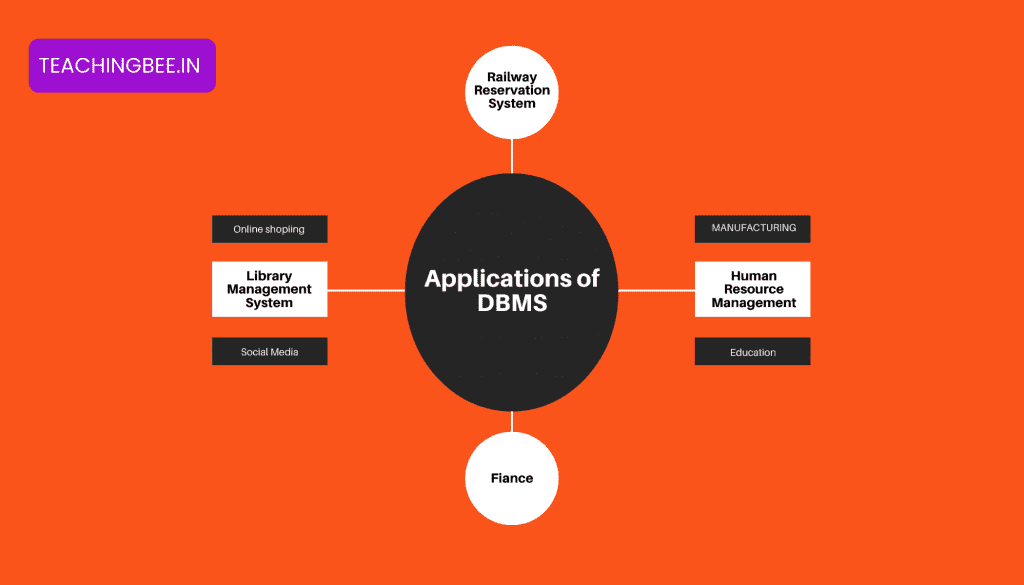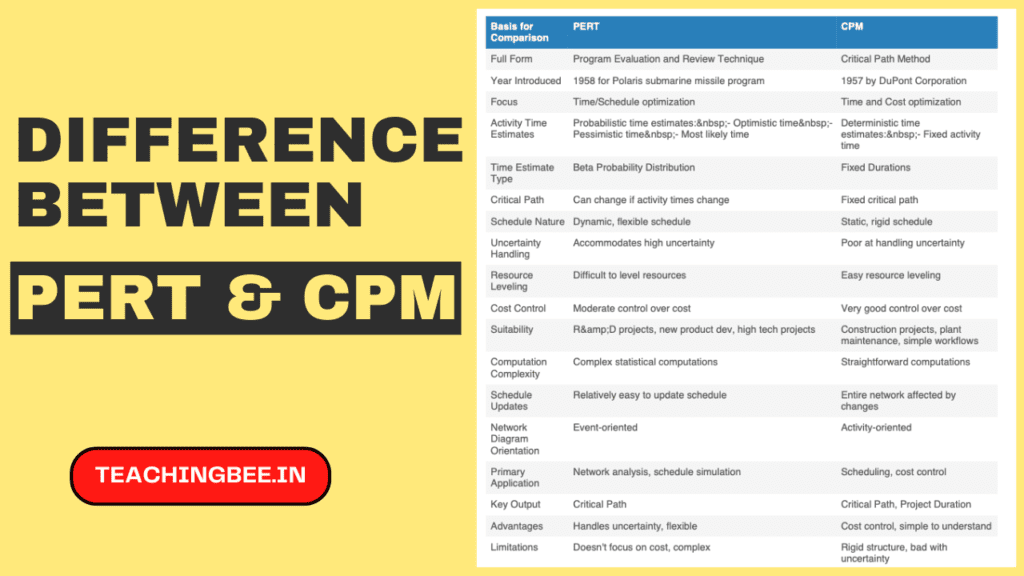Table of Contents
ToggleDatabase Management System (DBMS) is a way of keeping records in computerised way. DBMS can be called as collection of data files or records in tabular form. In this article we will mainly discuss about some real world application of DBMS.
Application of DBMS
The main purpose of DBMS include allow users to
- Define information
- Store information
- Retrieve information
- Update information
Various areas in which application of DBMS are:
- Airlines
- Banking
- Education
- Manufacturing
- Human Resources
Let’s see some of them in detail
- Airlines Reservation: DBMS is used in this framework for scheduling and reservation information.IT is also used to store the records of flight takeoff, appearance, and defer status. The atomicity property of DBMS is used for transactions involved in airlines booking.
- Banking: Banking sector uses DBMS for customer information, accounts, loans, and banking transactions.Here again, the atomicity property of DBMS is extensively used.
- Education: DBMS is also used in various universities for student information, student results, accounting, registration purposes.
- Manufacturing: DBMS has extensive application in manufacturing sector for managing supply chain, managing inventories by tracking demand and supply of items.
- Human Resources: Application of DBMS is extended to human resources as well for managing information, salaries, taxes etc of employees.
- Online Shopping: DBMS is used by online retailers and website for keeping track of user information, sales data, order tracking, recommendations, payments etc.
- Finance: DBMS in finance sector plays crucial role by assisting in storing information about stocks, bonds, real time market data for automated trading by firm.
- Telecommunication: IT also helps in keeping records of calls, bill generation and storing information about the communication networks.
- Sales: Similar to online shopping, DBMS also helps in storing sales information like customer information, product information, payments etc.
- Credit card transactions: DBMS assist in this sector by keeping track of purchases on credit cards and generation of monthly statements.
- Social Media Sites – DBMS is used aggressively by social media sites like Meta, Twitter, Google etc. Various user information helps these sites to target posts and ads properly to their users.
ACID Properties of DBMS
In order to maintain consistency in a database, before and after the transaction, certain properties are followed these properties are called ACID properties:
- Atomicity: By this property, the transaction either is completely successful or doesn’t happen at all. There is no in between state. Each transaction is considered as one unit and either runs to completion or is not executed at all.
- Consistency: Consistency property ensures that a given transaction will successfully update the data as long as it doesn’t somehow violate any constraints or checks within the system.
- Isolation: Isolation ensures that multiple transactions can occur concurrently without leading to the inconsistency of database state and they occur independently without interference.
- Durability: This property ensures that once transaction is committed to persistent storage like disk, it would never be lost even if failure occurs.
Conclusion
Application of DBMS are widespread across various sectors like finance, travel, shopping, education etc. In this article we covered various real world application of DBMS along with ACID properties of DBMS which make it very useful in day to day life.
Got a question or just want to chat? Drop by our forums, where a bunch of the friendliest people you’ll ever run into will be happy to help you out!




